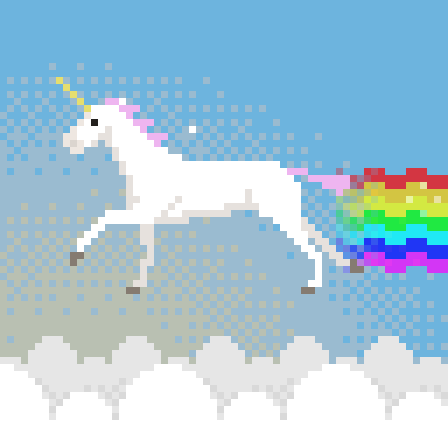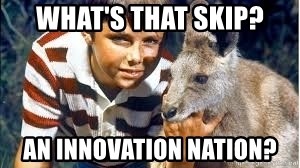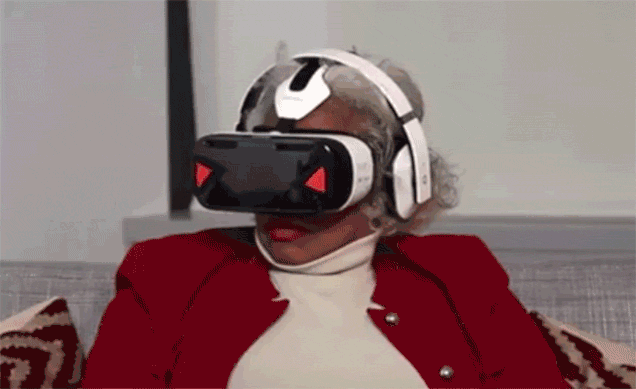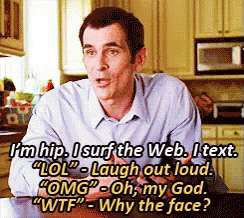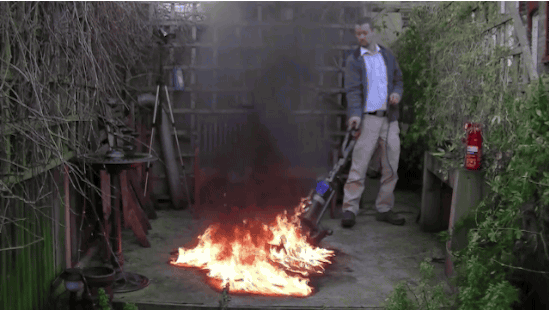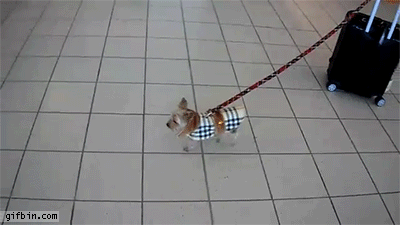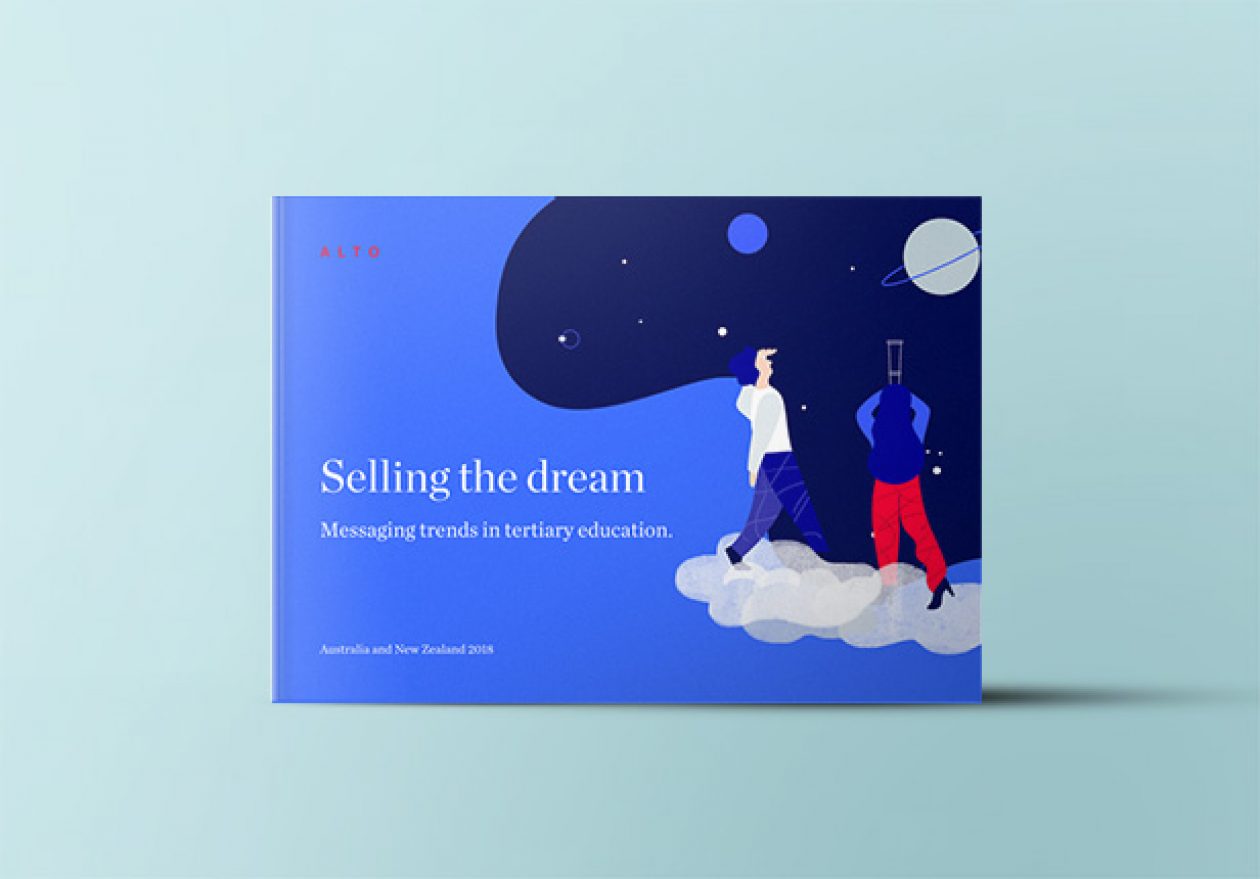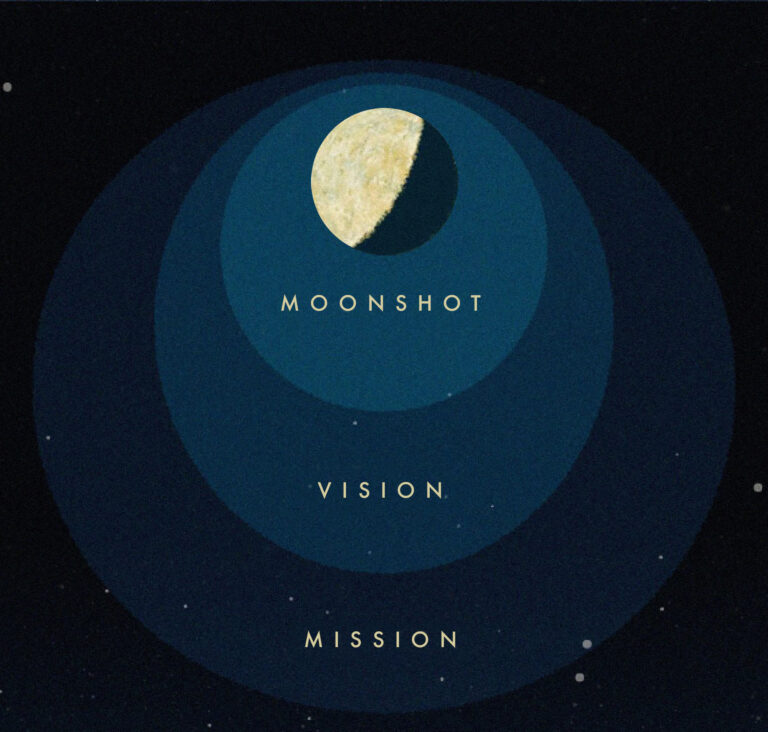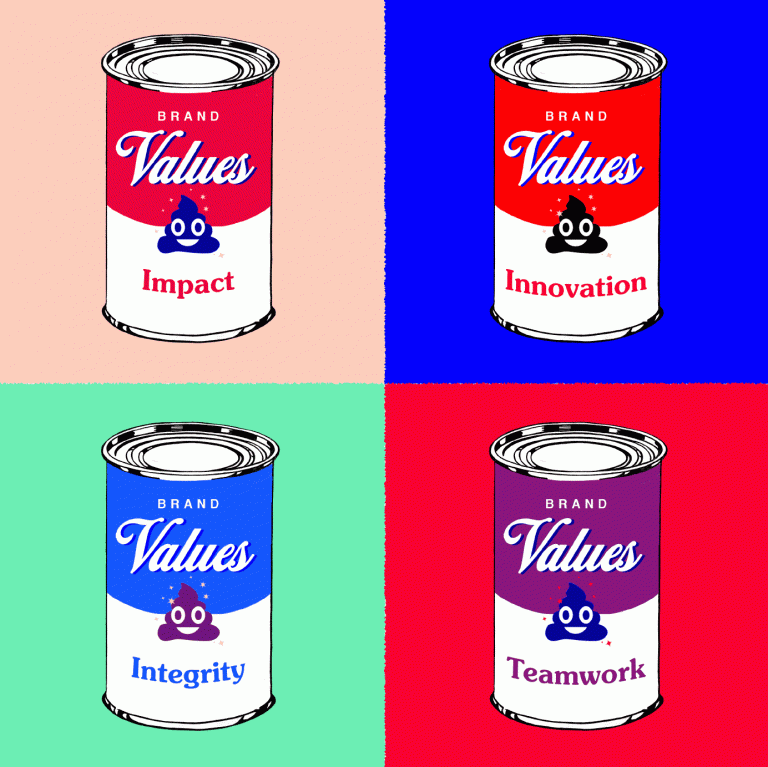Innovation isn’t only for unicorns, it’s for the rest of us donkeys too.
I just finished reading another innovation article with the secrets of ‘How to Innovate’.
Once again, held up as the holy grail of innovation are the unicorns, and the pantheon of tech demigods — Jobs, Gates, Musk et al.
How can I, a mere mortal, innovate when I couldn’t code my way out of a paper bag, let alone land rockets in the Pacific?
I don’t need to tell you that innovation is so hot right now. You know as well as I do, if we could all be a little more innovative, we’d be killing it like the Bezos’, Zuckerberg’s and Page’s of this world.
If you believe the hype, we’re just one big idea away from the big time. From giving birth to a billion-dollar unicorn. From sprouting a horn that points us towards prosperity, and farting rainbows that lead us to piles of cash.
Innovation — what does it even mean?
Does anyone know what it really means to be innovative? And how do the rest of us donkeys (I generalise — I don’t really think you’re a donkey, but it makes a nice juxtaposition for the story) achieve this mythical status?
Director of the Technology and Innovation Centre at the University of Queensland, Mark Dodgson describes ‘innovation’ as an ‘aerosol word’ — as in, people spray it into the air, it smells lovely and yet you can’t grab hold of it.”
The Australian federal government tried on some innovation cologne with the National Innovation and Science Agenda or ‘Ideas Boom’ that when launched, included tax incentives for angel investors, funding for CSIRO data research, cyber security and biomed, and a commitment to teaching primary school students to code. (Not to be outdone, the federal opposition jumped on board the bandwagon too, with an ‘innovation vision to turn Silicon Valley into Kangaroo Valley’. )
But it didn’t inspire or connect with the general public.
The government was widely criticised, with the Financial Review noting that in the polls “the government took an election “shellacking” because its objective to drive a more entrepreneurial society did not resonate with everyday Australians.”
The idea of the Ideas Boom was lost on most of us. It didn’t feel like it was for us. It made us feel a bit inadequate. Less like unicorns, more like donkeys.
What went wrong? The intent was right, but the narrative was off.
We need to change the narrative around innovation. Here’s why:
1. The vast majority of us aren’t tech geniuses and entrepreneurs.
The contemporary perception of innovation has been hijacked by the high-tech end of town, and the prevailing narrative is too narrow to be inclusive.
It’s all VR headsets, start-ups and Silicon Valley.
It leaves the rest of us feeling like we’re on the outside of innovation. But in actual fact, we’ve always innovated, always tinkered, always invented, always looked for new methods and better ways to do what we do. Case in point:
Every year when there is a once-in-a-decade downpour (thanks global warming), our low-lying rumpus room gets wet. Recently I ‘prototyped’ (Read: built out of the crap lying around the house) an ‘innovative’ system (Read: hack) to divert the flood water before it made it to the house.
After dark two days later, my son ran down the driveway, tripped over my ‘innovation’, and somersaulted into said rumpus room door, taking piles of skin off his elbows and knees in the process. #usertesting #innovationfail
I’ve since refined the design so that it won’t happen again. And bought another box of large bandaids.
Whether we’re winning or failing, we’re all innovators, it’s just not part of our job title.
2. Innovation is not the goal.
No-one ever said ‘when I grow up I want to be innovative’. No one sets out to be ‘innovative’. Striving to be innovative is not the point.
The concept of innovation as an activity is too vague and abstract to be practically applied for most of us, no matter how many lists we read of what innovators do before breakfast and why we suck because we don’t get up before dawn.
But within the context of what we do and what we know — and with the right conditions for ideas to grow — innovation is a product of our own area of expertise, and trying to do the things that we do, better.
3. Innovation as theatre.
There is a term for the act of looking innovative — innovation theatre — cynically employed by the start-up and entrepreneurial sector for corporates playing catch-up (never mind the start-ups borrowing C-words from corporates).
Being innovative is like being cool — if you have to convince someone you are, then you probably aren’t. No amount of ping-pong tables, open-plan offices or post-it notes can make you innovative.
As one of our clients so succinctly put it:
“Innovative is not what you say you are, it’s what people say about you. Innovation is the end result, not the start… it’s what you achieve.”
Thanks Mary. Nailed it.
How do we change the narrative around innovation and make it more authentic? More inclusive?
At Alto, 2017 was the year of peak innovation, with projects in the education sector, knowledge sector and social enterprises. Here’s what we learned.
1. Innovation — it’s not all about digital products and technology.
We worked with social enterprises that are changing the way we participate in democracy, reducing food waste, and campaigning for better workers’ rights; and innovators that apply research to reduce carbon emissions in the built environment.
Although these innovations leveraged digital technology, the big story was the change and impact that was made possible by it, not the technology itself.
Takeaway: Innovation can be enabled by technology, but doesn’t have to be about technology.
2. Unless you’re Dyson, innovation does not exist in a vacuum.
In another project, we were tasked with exploring, prototyping and testing the idea of repositioning one of Australia’s leading Vocational Education and Training Institutes as one of Technology and Innovation.
The central question was how can we be ‘authentically innovative’ (read: avoid ‘innovation theatre’). To find out what it really meant to be innovative, we spent a couple of days roaming around the campuses, conducting interviews with the Tesla-less masses — the staff and students.
What did we find? Answers were broad, but generally landed in the area of:
“making something better”
“moving forward, getting better”
“keeping ahead of what is going on”
“finding new ways of doing things better”
There was no mention of technology, angel investors or VR headsets. Rather, innovation was spoken about in the context of the individual’s area of study or expertise — teaching, building, hospitality and tourism — and how they could innovate in those areas.
Takeaway: Innovation makes sense in context. Everyone recognises innovation and has ideas about how to innovate when they know their game — their work, their community, their passion.
3. Innovation is nothing new.
For another project, our remit was to create a brand narrative and platform for the nascent Melbourne Innovation District (MID) that was authentic and inclusive.
In a time where innovation-districts are popping up in any city worth their salt(ed-caramel-cronut), how do you tell an authentic story that bypasses the cynicism around another innovation hub?
Our work not only explored the innovation that was happening right now, but also highlighted the storied history of prototypes and firsts in the district — the first university, the first working men’s college, the world’s first eight-hour working day.
Takeaway: We’ve always been innovators. Innovation did happen and does happen here. There is no need to ‘bring innovation’ to a district — or for that matter, a nation.
4. Innovation is better together.
By its very nature, the semantics of an innovation district implies that this is the place that innovation happens, to the exclusion of other non-innovative places and non-innovators.
That’s pretty sucky if you’re outside the boundary.
At the heart of the story around MID is partnership, collaboration and connection, enabled by, not focused on, technology.
Our strategy was to flip the notion of an exclusive community by positioning it as a place where ‘innovation knows no boundaries’ — a place where anything is possible for anyone.
Takeaway: Innovation rarely stems from one person’s one big idea. More often than not it’s the product of co-design — collaboration and cross-pollination between lots of people, lots of disciplines, and lots of ideas.
—
If you can see it, you can be it.
If we’re going to inspire people to be innovative we need to change the perspective on how we see, think and talk about innovation — much wider than the narrow lens of technology, products and commercialisation.
Innovation is not always sexy. It’s not always disruptive or radical, nor scalable, saleable, or even profitable. Sometimes it’s incremental, sometimes it’s informal. Sometimes it’s accidental or unexpected. Sometimes it’s just downright dull. Here’s a great example:
Economist Jason Murphy nominates the uber-mundane but uber-functional wheely-suitcase as the poster-child for innovation.
‘Trunks and suitcases had been invented for millions of years along with the wheel, and it wasn’t until the 1980s that the two concepts were brought together’. Now of course, everyone in the airport is dragging along their luggage on little wheels. It goes to show that yes, you can make an incremental improvement to a product that has been out there for a very long time and make a big, big difference.”
That’s some dull but necessary innovation right there. I feel like a sucker for humping my back-pack around Europe all those years ago when I could have got a miniature dog to pull my wheely-suitcase around.
To connect with real people we need to include more examples of what innovation looks like in the real world — the big ‘I’ and small ‘i’ of innovation.
How does your product or service make people’s lives easier or better? And how do you connect that message to the people and communities that need it most?
That’s the real story of innovation that needs to be told.
You’ve got to know the rules before you can break them.
Find out what they are in our report, available now. Download your free copy.
